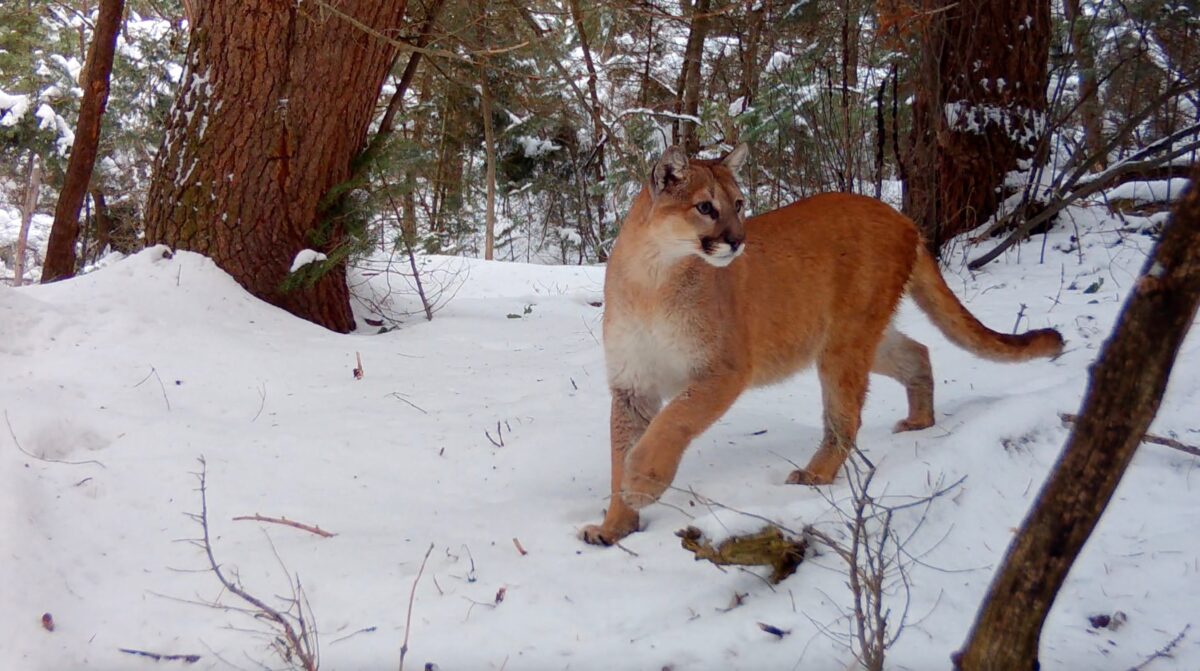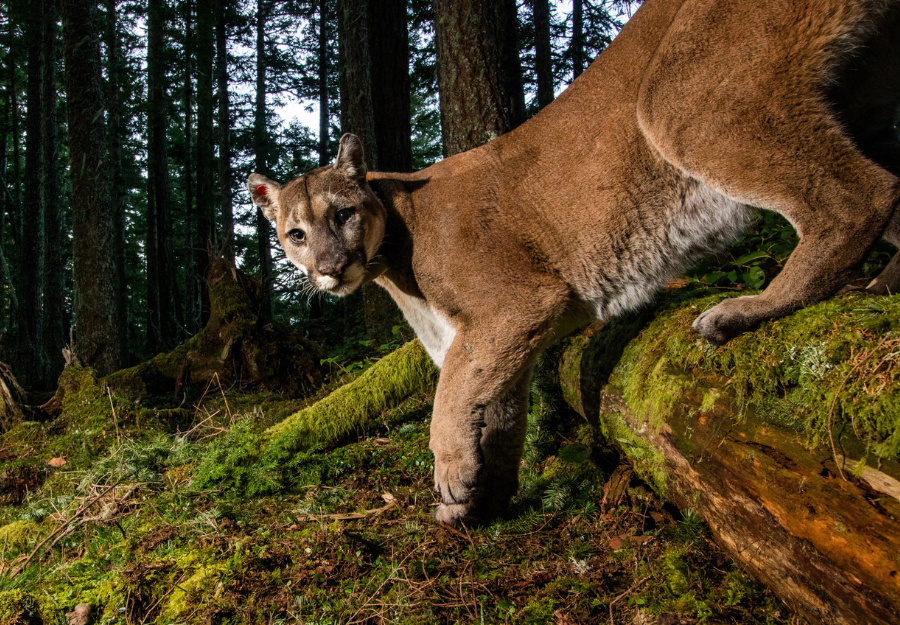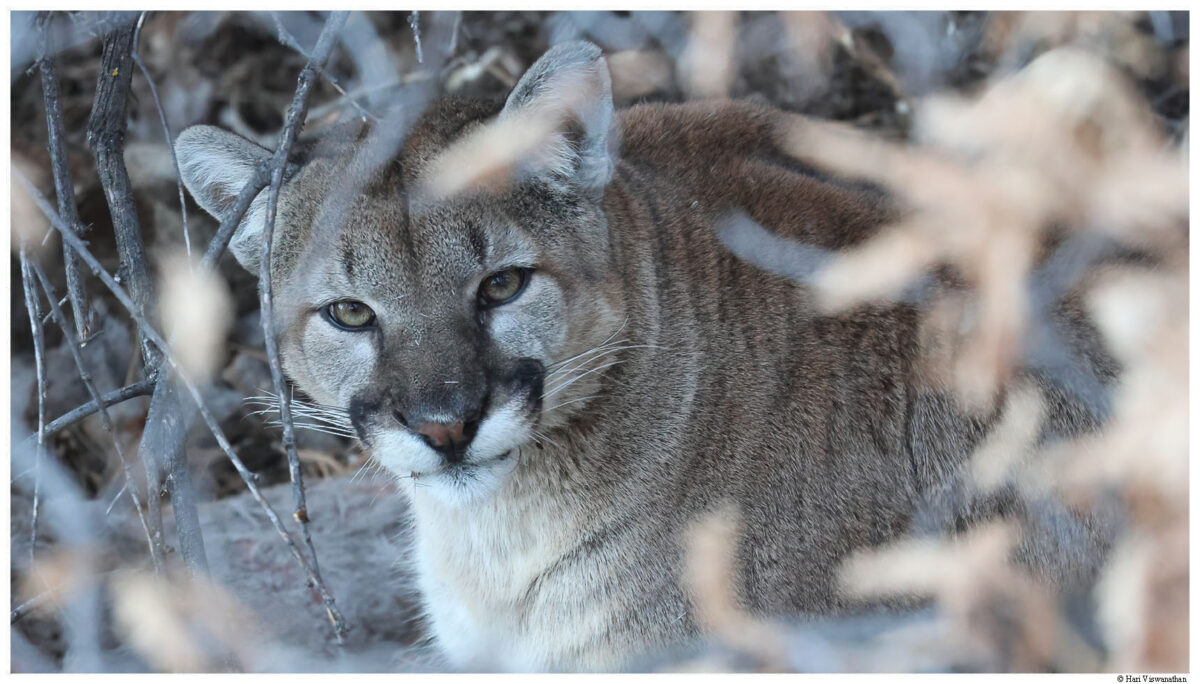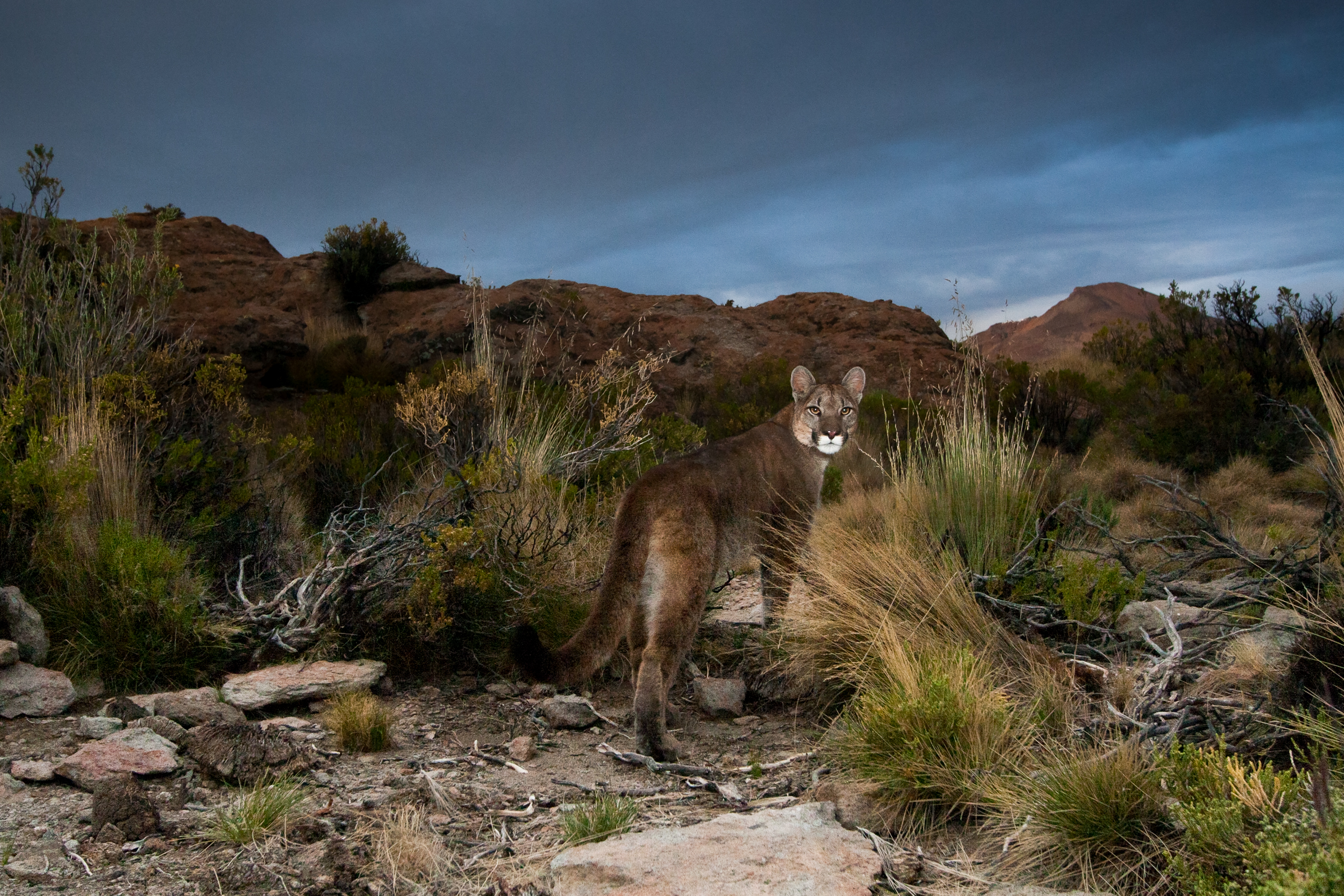Scientists tracking mountain lion to find out impact on wild horses
Movements of a mountain lion that may be making a staple diet out of wild horses are being tracked by scientists at University of Nevada, Reno.
The female lion, trapped in the Virginia Range last month and fitted with a radio collar, may provide researchers with important clues into the elusive animal’s behavior and predation habits, said David Thain, an assistant professor of veterinary medicine.
“It’s an important study because we still don’t have a clear idea what the cats in our local mountains are doing,” Thain said. “By tracking them, we’ll be able to get a better sense of what they’re doing, what species they’re eating.”
The current study is an offshoot of previous research Thain and colleagues started in 2005, when he was state veterinarian for the Nevada Department of Agriculture. That work, part of the state’s effort to control and stabilize the wild horse population in the Virginia Range, attempted to determine how wild horse behavior is altered when mares are injected with contraceptive chemicals.
While doing field work associated with that research, UNR graduate student Meeghan Gray kept coming across the remains of dead horses, generally foals or young adults with trauma to the neck or chest that were partially covered in dirt.
“It was pretty obvious a mountain lion was doing this,” Gray said. “They’re really the only thing that can take down an adult horse or a young horse.”
While known to prey upon livestock, mountain lions more commonly hunt deer and antelope, rabbits and beavers, Thain said.
“We were surprised a mountain lion would be feeding on them,” Thain said, adding that the number of dead foals or young horses Gray was finding, about one or two a week, led researchers to wonder if the lion was making wild horses its primary source of food.
They wanted to find out.
Since September, researchers attempted to trap the lion but didn’t succeed until early December. The 6-foot-long, 125-pound cougar was trapped, sedated and fitted with a global positioning system collar.
After its release, the lion was set free to roam the Virginia Range. The collar beams the lion’s location to UNR researchers four times a day. By checking on the locations where the lion was during the time of day it was most likely to hunt and feed, researchers hope to determine more about what it is eating and whether horses are indeed its primary source of food.
It worked last Wednesday. Gray found another dead horse where radio telemetry indicated the lion had been the previous night.
“Sure enough, it was the lion’s kill,” Thain said. “We would like to get a good understanding of what kind of prey it’s living off of, whether it stays with horses all year long or whether it switches” to other prey.
Information collected from the lion research should show more than what the animal eats. Researchers also hope to determine how far the big cat roams and how often it might enter areas more densely inhabited by people.
As more people move into areas abutting the backcountry, more interactions between lions and humans are likely. Reports of lions wandering through residential areas of the foothills are common, usually in spring, according to the Nevada Department of Wildlife.
In February 1998, a mother mountain lion and her two yearlings were shot after being spotted near homes and within a quarter mile of Verdi Elementary School. Experts determined the cougars posed a danger because they were using the area as a hunting ground.
“We do know that mountain lions come down into urban areas, and we want to see what this one is doing,” Thain said.



 Facebook
Facebook Twitter
Twitter Send Email
Send Email


